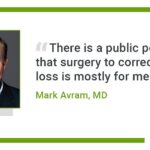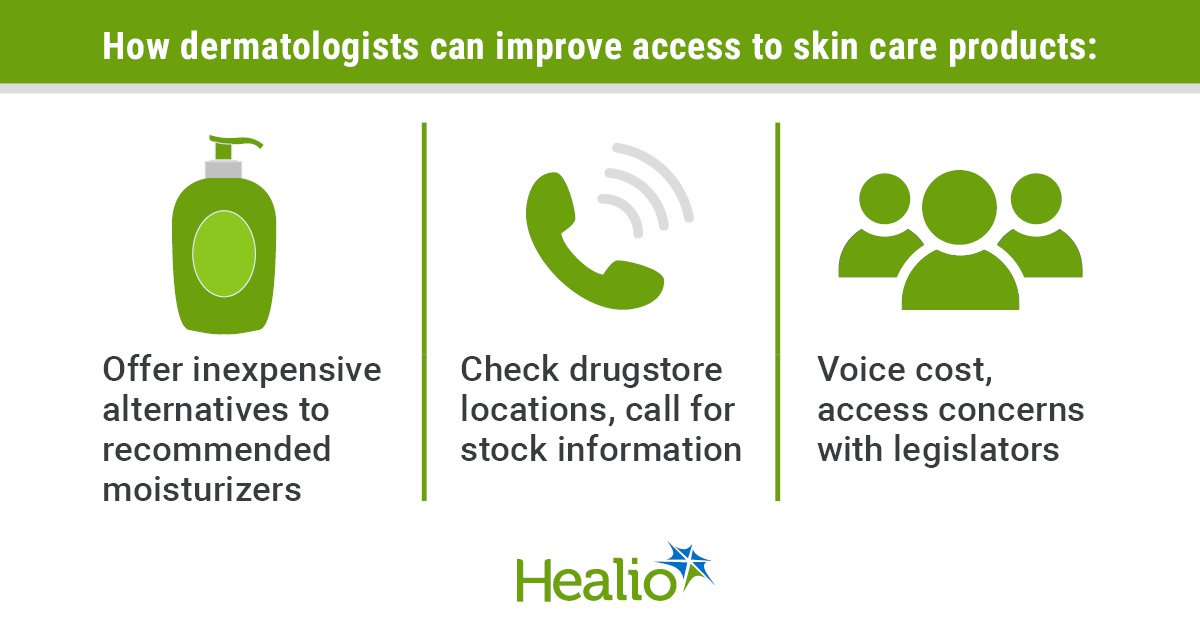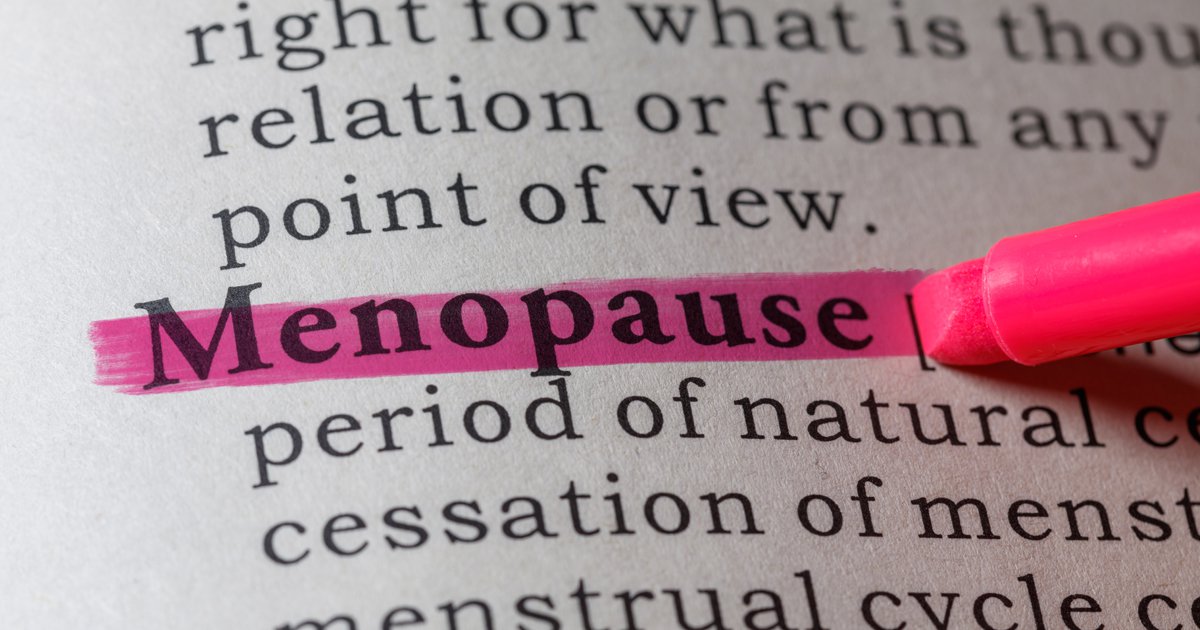August 25, 2025
3 min read
Key takeaways:
- Dermatologist-recommended skin care from CeraVe, Cetaphil and SkinClinical are more expensive than popularly purchased brands.
- There are also fewer drug stores in low-income vs. high-income neighborhoods.
Dermatologist-recommended skin care products for people with atopic dermatitis are on average twice the price of popular lotions and liquid body soaps available in stores, creating a barrier of care for patients, data show.
Natalia Neha Khosla, MD, MSc, who worked on the research while a medical student at the University of Chicago Pritzker School of Medicine, described a common scenario encountered in clinics located in low-resource neighborhoods.

Data derived from Cardenas S, et al. J Drugs Dermatol. 2025;doi:10.36849/JDD.8911.
A dermatologist hands a patient with atopic dermatitis a list of gentle skin care products recommended for their condition. In response, the patient asks if they may use different products because “it’s just what I can afford,” Khosla said.

Natalia Neha Khosla
“The skin care products that dermatologists are so often recommending, and that are considered standards of care, are expensive,” Khosla, who is also the CEO and founder of the health tech startup, Simbie AI, told Healio. “By making these products the standard of care, we are leaving out those in low-income groups.”
Dermatologist-recommended brands are more expensive
In a study published in the Journal of Drugs and Dermatology, Khosla and colleagues compared the prices of 64 dermatologist-recommended, gentle skin care products with the prices of 31 popularly purchased products. The dermatologist-recommended products, extracted from the National Eczema Association’s (NEA) Eczema Product Directory, included the brands CeraVe, Cetaphil and SkinClinical. Popularly purchased products, determined by Stata statistical, included the brands Aveeno, Nivea and Jergens
The researchers found that the National Eczema Association-recommended moisturizing lotions and liquid body soaps cost, on average, $2.73 and $1.29 per ounce, respectively. In comparison, the popularly purchased versions cost $1.13 and $0.35 per ounce (P < .0001). There were no price differences observed for moisturizing creams.
NEA-recommended products were also more expensive when purchased online, with the price of these products reaching $5.63 per ounce on Amazon compared with $3.12 per ounce at Target, CVS or Walgreens (P = .002).
Pharmacy deserts in low-income neighborhoods
Additionally, the researchers uncovered another barrier to AD skin care access: the presence of pharmacy deserts.
A pharmacy desert is an area where the distance to the closest pharmacy is located too far away from the patient, resulting in patients needing to travel long distances for their medications.
“Just like the food desert literature, we see that there are certain low-income neighborhoods that do not have a grocery store with fresh produce for miles, whereas you go to a high-income neighborhood and there is one on every block,” Khosla said. “We see the same for health care.”
After examining the number of Target, CVS and Walgreen locations across Chicago and New York, the researchers found low-income neighborhoods in both cities have a drugstore density rate of 0.26 per 10,000 people, whereas high-income neighborhoods saw rates as high as 3.20 per 10,000 people (P < .0007).
“While there is not much written on pharmacy deserts, we draw great inspiration from the food desert literature,” Khosla said. “What you can glean from that is stores and corporate retailers are often engaging in a sort of discrimination by choosing to open far more stores in high-income ZIP codes.”
The study also showed that drugstores in lower income ZIP codes had fewer operational hours than those in higher income neighborhoods. For example, in Chicago, drugstores in lower income zip codes were open an average of 14.9 hours a day vs. 19.2 hours in higher income zip codes (P = .02). Similarly, in New York, the operation hours in lower vs. higher income neighborhoods were 13.3 hours vs. 21 hours per day (P = .0002).
Khosla said this is likely due to lower staffing allotted to lower income locations.
“I think it is highly suspect because we do not really have evidence that there is a safety difference for staff between high-income and low-income neighborhoods,” Khosla said. “Nevertheless, the fact that we are seeing grocery stores and other corporate retailers who are excited to open more locations in high-income neighborhoods is clearly a form of discrimination.”
Physicians can make a difference
According to Khosla, there are a few things physicians can do to overcome these barriers.
“First, we should just be more aware,” Khosla said. “Instead of having a handout that lists expensive moisturizers, we should also have a handout that lists cheaper alternatives. This removes the burden from the patient, who may be embarrassed to ask for those options.”
Khosla encourages physicians to do this respectfully, without conveying the impression that less expensive options are inferior. For example, Vaseline is often a top-tier moisturization option, but if it is recommended last, patients may assume it is less effective, Khosla said.
Checking drugstore locations and calling for stock information at these retailers may also be a helpful way to assist patients in low-income areas acquire the skin care they need. Most importantly, Khosla emphasized that physicians must voice their concerns with legislators.
“People with influence need to be speaking up about this,” Khosla said. “Physicians have a voice. If they start saying we need to have policies that regulate the distribution footprint of pharmacy retailers, then we would start to see change.”
For more information:
Natalia Neha Khosla, MD, MSc, can be reached at natalia.khosla@simbie.ai.










